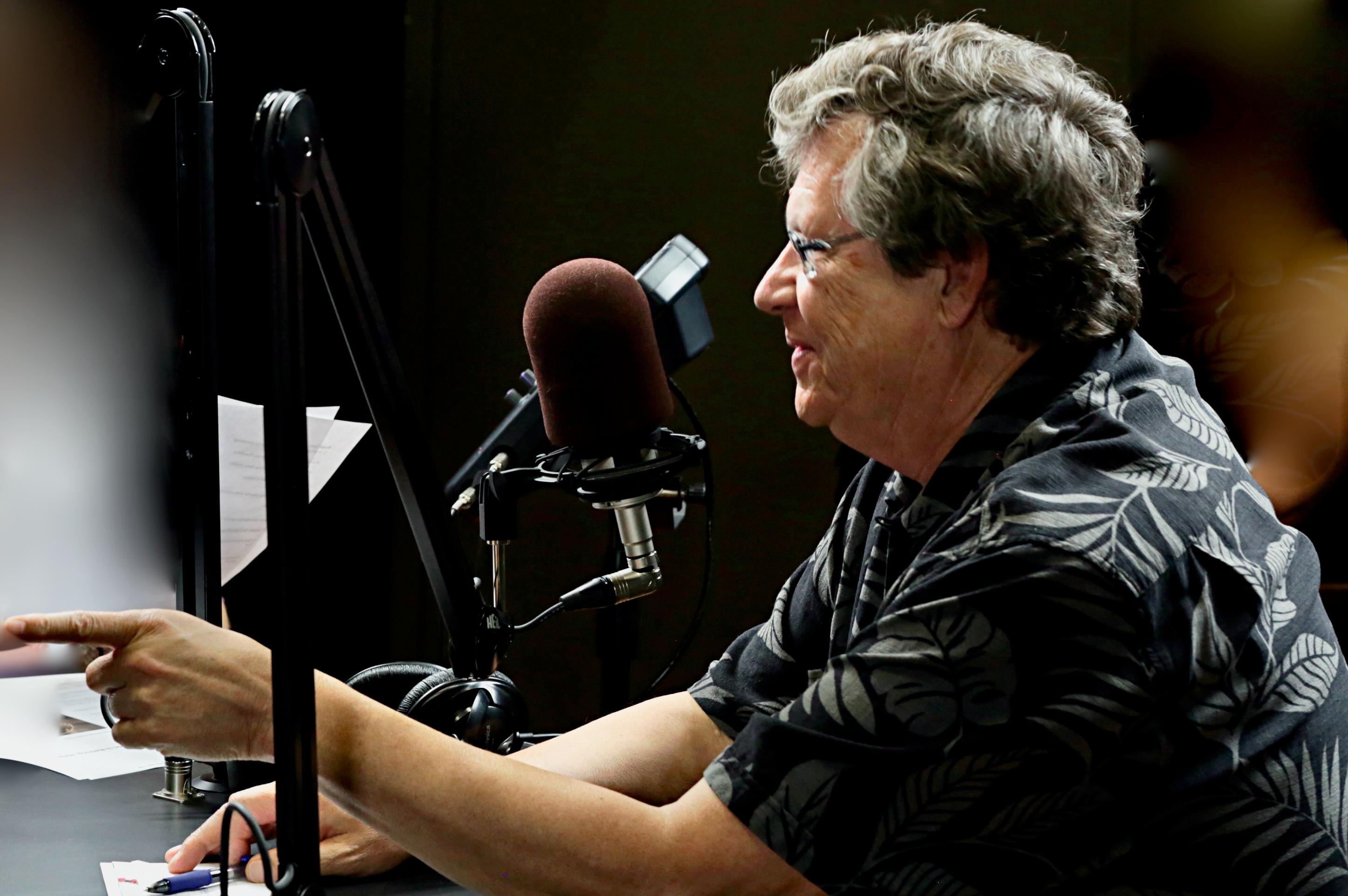

This week Colorado lost one of its finest native sons, but not really. Kent Haruf — born in Pueblo, raised on the eastern plains, schooled in Canon City and most recently a resident of Salida — died at his home last Sunday, but his legacy remains in the books he left behind.
Haruf achieved national literary fame over the last 15 years of his life, following a National Book Award nomination for his bestselling novel, Plainsong. He was 56 years old when the book came out in 1999. He’d published two previous novels that had received critical attention but saw little popular success. With Plainsong and the novels that followed it — Eventide in 2004 and Benediction in 2013 — Haruf created a memorable trilogy of small-town life that will be read for many generations to come, a permanent addition to the American literary canon.
Denver Center Theater Company turned the trilogy into stage productions, the third of which, Benediction, will see its premiere in January of 2015.
I interviewed Haruf in 1999 when Plainsong had just come out, before its widespread success. He was a soft-spoken man, happy then to be planning his retirement from teaching for 30 years and his return from Illinois with his wife to his beloved home state. He’d spent a good portion of his life pecking away daily at a manual typewriter, spinning stories of life on the barren, expansive eastern plains of Colorado, and he continued that routine up to his dying days. His final book, Our Souls at Night, set in the fictional town of Holt, Haruf’s very own Yoknapatawpha, is scheduled for release in April 2015.
In the early 2000’s, Haruf collaborated with landscape photographer Peter Brown to document Colorado’s high prairie in their large format photo essay book West of Last Chance, winner of the Dorothea Lange-Paul Taylor prize from the Center for Documentary Studies at Duke University. Like Haruf’s prose, Brown’s photos of vast fields and seemingly empty spaces are unadorned and powerful in their quiet magnitude.
Kent Haruf loved the landscape that most visitors to Colorado overlook in their westward-facing gaze. Here’s a description from Plainsong: “The bus went on and they crossed into Holt County, the country all flat and sandy again, the stunted stands of trees at the isolated farmhouses, the gravel section roads running exactly north and south like lines drawn in a child’s picture book and the four-strand fences rimming the barrow ditches, and now there were cows with fresh calves in the pastures behind the barbed-wire fences and here and there a red mare with a new-foaled colt, and far away on the horizon to the south the low sandhills that looked as blue as plums. The winter wheat was the only real green.”
Haruf took the small towns he’d grown up in, moving frequently as the son of a Methodist minister, and turned them into the composite town of Holt, a village distinguishable only by the change of seasons and the long lives lived there. He filled Holt with people drawn partly from memory and partly imagined, ordinary people with the same extraordinary challenges and joys dealt to all humanity but easier to see and hear without all the noisy clamor of the city.
His best characters are memorable for their durability: Victoria Roubideaux, a pregnant teenager thrown out of the house to fend for herself. Ike and Bobby Guthrie, 9- and 10-year old brothers with a depressed mother who’s slipping farther away each day, who complete each other’s thoughts. The McPheron brothers, crusty old ranchers living on a homestead outside of Holt who’ve spent their lives completely apart from women, but who take in homeless Victoria without a second thought.
Haruf told me he modeled Harold and Raymond McPheron after two men he’d watched as a boy. “When I was a kid,” he said, “there were two old bachelor farmers who came in every Sunday to my dad’s church in their black suits and white shirts. They were very shy, never said anything to anybody. My brother and I thought that would be an ideal life.”
Bobby and Ike, Haruf said, in some ways came from the author and his younger brother with whom he remained close and spoke to by phone from Denver nearly every day.
Just as winter begins to blow across the plains, Kent Haruf leaves us with startling, clear images of who we are and where we live — bound to the earth and bound to one another, our eyes inclined across the middle distance to the pink-streaked eastern sky, toward the rising sun.
Kathryn Eastburn is the author of A Sacred Feast: Reflections of Sacred Harp Singing and Dinner on the Ground, and Simon Says: A True Story of Boys, Guns and Murder in the Rocky Mountain West. You can comment and read or listen to this column again at The Big Something at KRCC.org. “The Middle Distance” is published every Friday on The Big Something and airs each Saturday at 1 p.m. right after This American Life.









